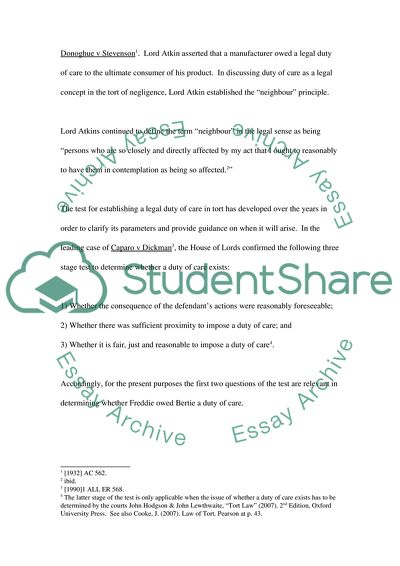Cite this document
(The Issues as to Potential Civil Claims under the Torts of Negligence, Case Study, n.d.)
The Issues as to Potential Civil Claims under the Torts of Negligence, Case Study. Retrieved from https://studentshare.org/law/1729661-law-of-tort-see-below-for-the-main-question
The Issues as to Potential Civil Claims under the Torts of Negligence, Case Study. Retrieved from https://studentshare.org/law/1729661-law-of-tort-see-below-for-the-main-question
(The Issues As to Potential Civil Claims under the Torts of Negligence, Case Study)
The Issues As to Potential Civil Claims under the Torts of Negligence, Case Study. https://studentshare.org/law/1729661-law-of-tort-see-below-for-the-main-question.
The Issues As to Potential Civil Claims under the Torts of Negligence, Case Study. https://studentshare.org/law/1729661-law-of-tort-see-below-for-the-main-question.
“The Issues As to Potential Civil Claims under the Torts of Negligence, Case Study”. https://studentshare.org/law/1729661-law-of-tort-see-below-for-the-main-question.


